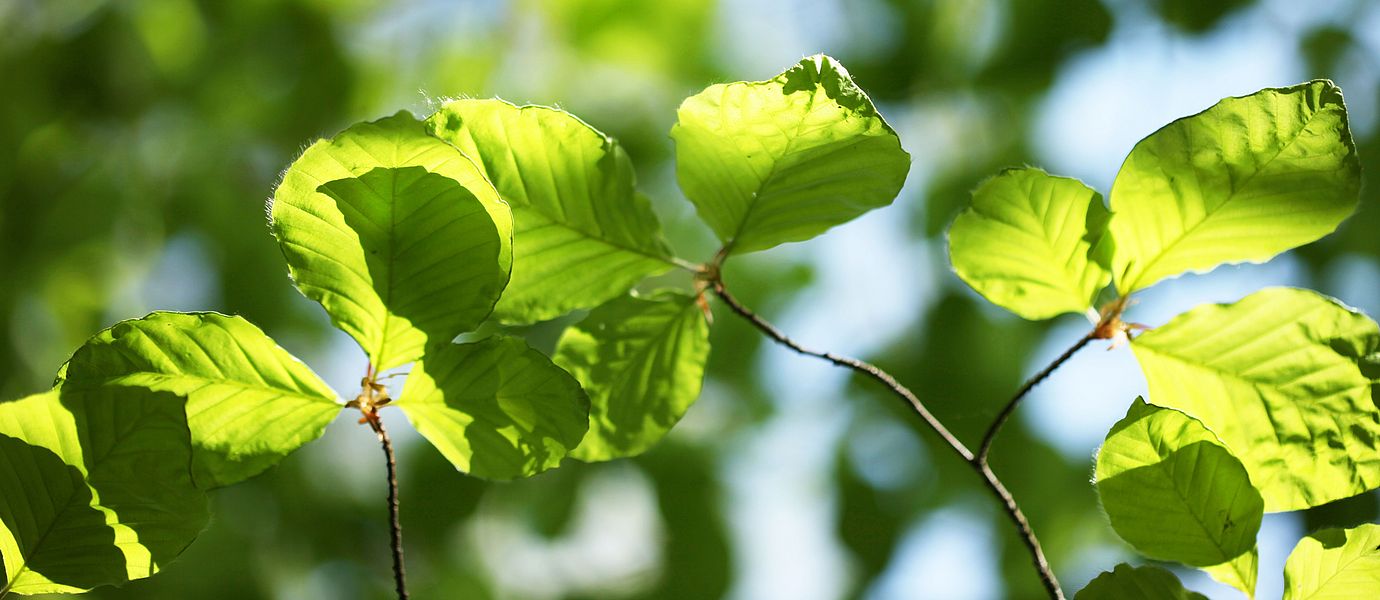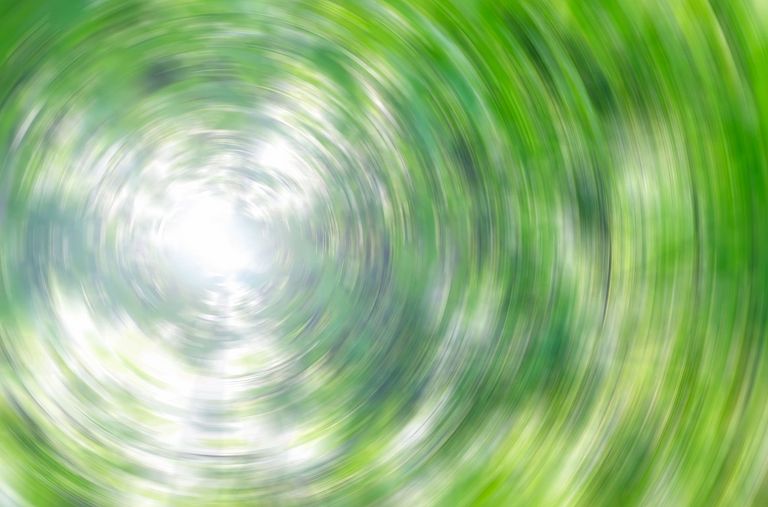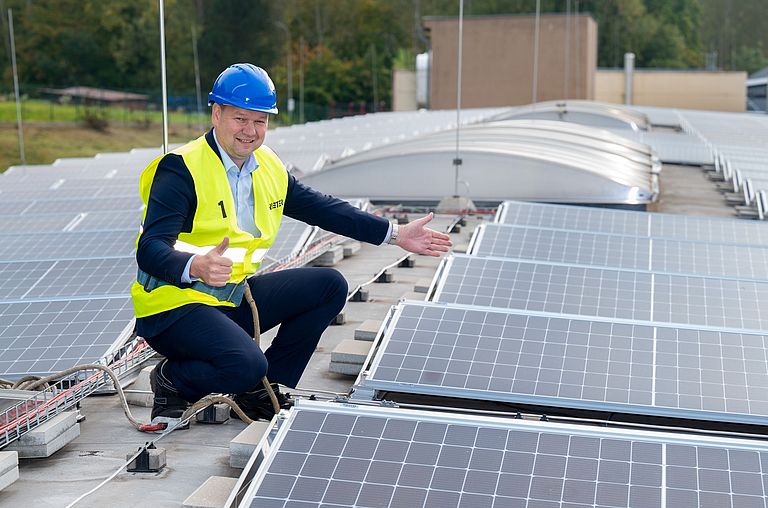地球

立达技术可使纱厂以最少的资源消耗生产纱线。近几十年来,每千克纱线的能耗显著减少。

气候
气候变化正威胁着人们的生活和生计。服装和纺织业是碳排放大户。立达纺纱系统一直以高能效著称。作为纺织品价值链的一部分,立达持续关注产品能效,并为2030年制定了可衡量的目标。就能耗而言,低消耗即是高效益。

循环利用
“取用-制造-废弃”的传统线性生产消费模式需要加以改变。目前仅有 1% 的纺织品在闭环循环系统(可将废弃纺织品转变为等价值产品)中得到再利用,而高达 73% 的废旧衣物最终被填埋处理。因此,闭环循环模式的采用刻不容缓。客户可利用立达全流程再生系统和解决方案及专有技术,开发具有可持续和循环的新型突破性纱线。

气候承诺
从瑞士温特图尔到印度温格,从捷克乌斯季州到中国常州,立达在全球各工厂不断扩大对太阳能的利用。2024年,立达承诺根据科学碳目标倡议,在2040年前实现温室气体净零排放。
2024年的进展
2024财年,受销售量和产量下滑影响,以下关键绩效指标的绝对值相应减少。
能耗(-28.4%)、范围1和2的温室气体排放(GHG排放)(-32.6%)、用水量(-21.3%)和废弃物产量(-23.8%)。尽管这提高了相关环境关键绩效指标的达成难度,但立达在2024年仍实现了所有排放目标。
- 可再生能源消费比重提高了5.7个百分点,达到28.6%。立达目前正在制定一项计划,目标是到2030年前将购买电力、天然气和原油的消费100%转换为可再生能源。
- 2024年,立达开始计算和报告范围3温室气体排放的初始数据。温室气体总排放量(范围1、2(基于市场)和3)达到4 246 369.5吨二氧化碳当量。范围3的11类产品对立达的温室气体排放影响最大,排放量高达4 100 000吨二氧化碳当量,占96.6%。2025年,立达开始制定各种措施来减少此类温室气体排放。
- 2024年,由于办公室搬迁到温特图尔(瑞士)园区的一次性影响,再生利用率降低了7.9%,降至83.4%。
- 2025年:立达计划制定2030年的新环境目标,改进范围3的温室气体排放计算,致力于与TCFD有关的气候相关风险的财务量化。公司正在制定2040年的净零路线图。